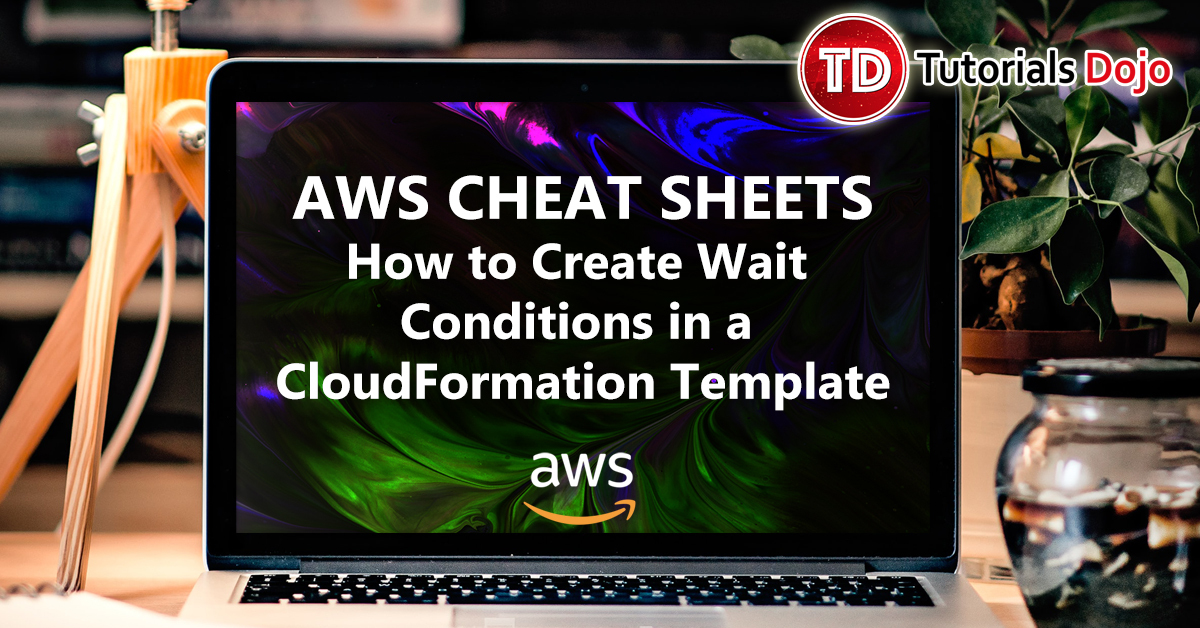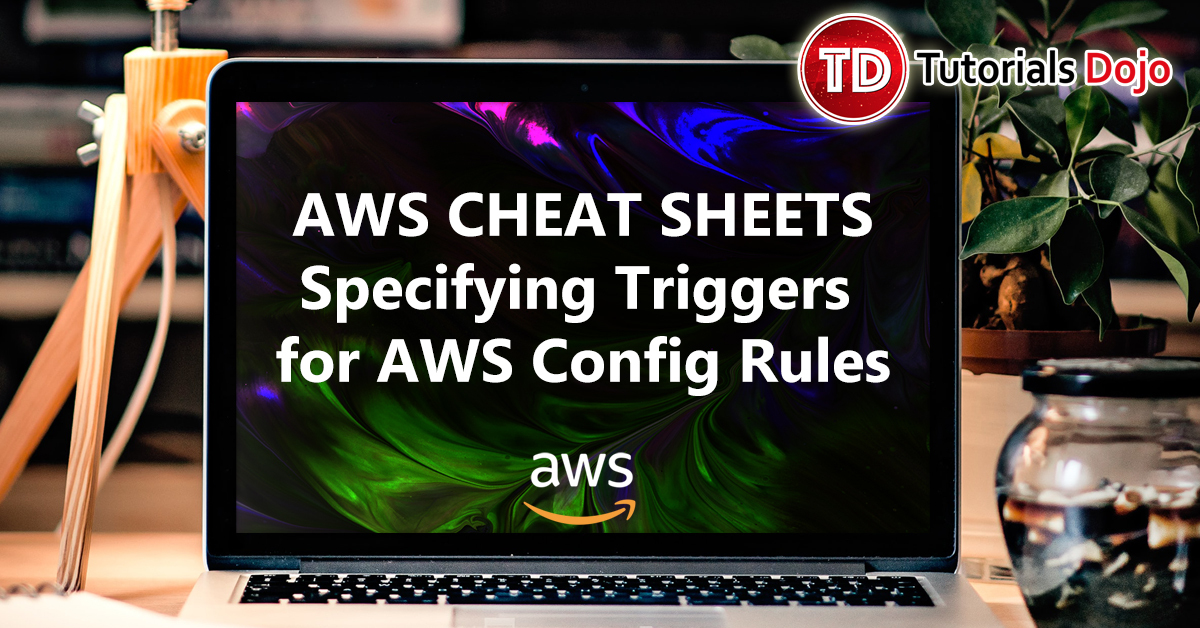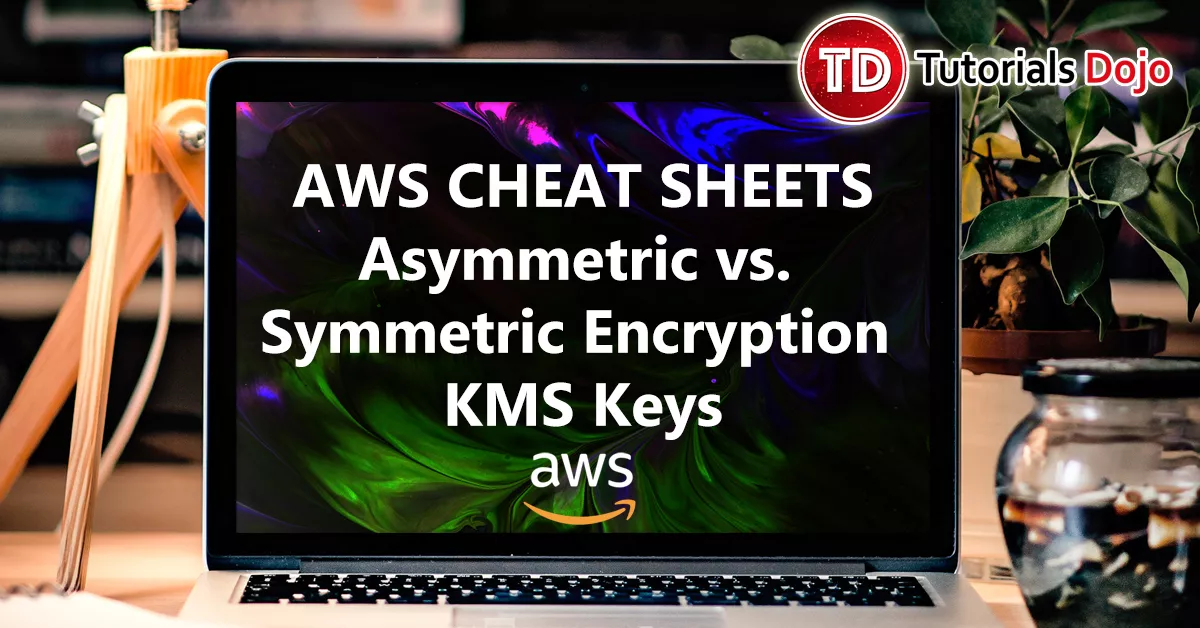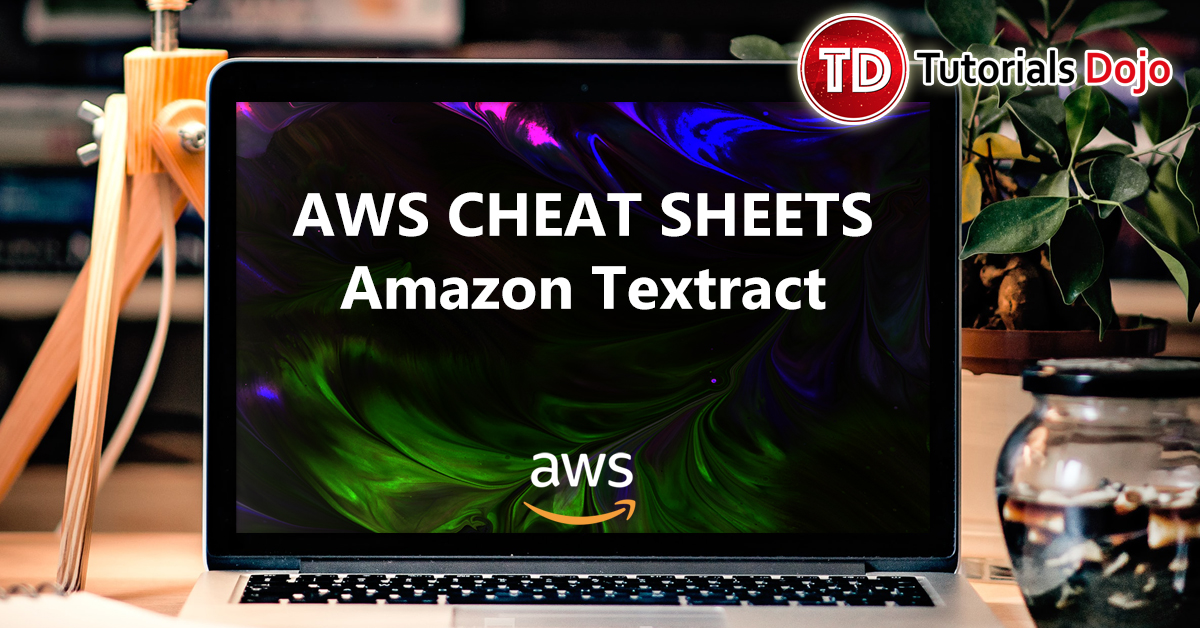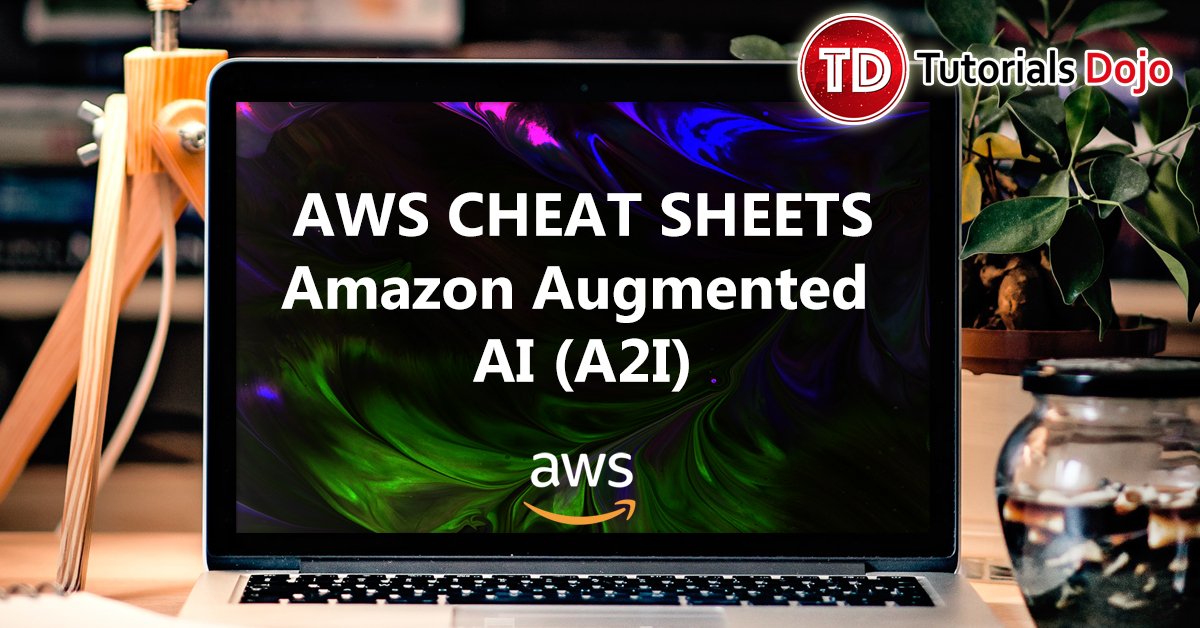How to Create Wait Conditions in a CloudFormation Template
Carlo Acebedo2023-05-02T03:41:59+00:00Wait Conditions, as the name suggests, is a tool used to control the order of creation of the AWS resources in a CloudFormation stack. It can pause the creation of a stack and wait for a signal to ensure that specific resources and configurations were properly launched before resuming the stack creation process. Use cases: For example, you want to make sure that a specific domain name is working before you can conclude that your application is indeed up and running. Or perhaps, you want to make sure that a particular stack resource can access an external API endpoint (or [...]

